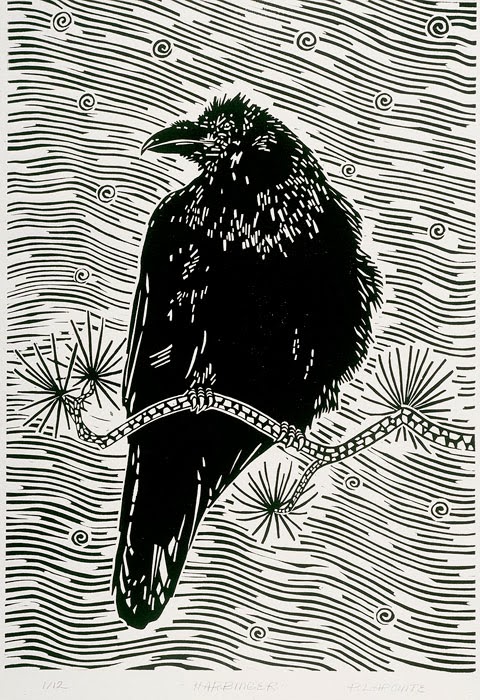Submitted by: Vivian Orr, SCC Marketing and Communications Coordinator
Manifesto
for Making: Report
23 March 2013
23 March 2013
The Manifesto for Making
was held as a part of the Heritage Crafts Associations’ annual Spring
Conference at the Victoria and Albert Museum, London on 23 March 2013. The
report is worthy of interest from us on the other side of the pond.
The first line of the forward to the
report:
If there is a key message I take from this
manifesto it is that craft is central to life not a sideline, making is a crucial part of what makes
us human.
~Robin Wood, Chair of the HCA
~Robin Wood, Chair of the HCA
Conference delegates were asked three
questions. Here is a brief summary of their responses.
1. Why is making important? The responses indicated that
making is important not only to the maker, but to everyone as human beings.
There was a lot of emphasis on the importance of making on an emotional and personal level, with particular
reference to fulfilment and satisfaction, and to the opportunity to express
creativity.
2. Where should making be? The
responses indicated that making needs
to be much more visible and prominent and should be physically everywhere.
There was a particular emphasis on craft in education at all levels, as a way
of giving people access to making.
3. How do we get there? The dominant responses reflected non-makers. They indicated that
publicity and promotions are vital to get making
to where it should be – in the public consciousness. Another set of responses
were maker specific and focused on the need for practical support for makers:
marketing assistance, training, business and financial support.











